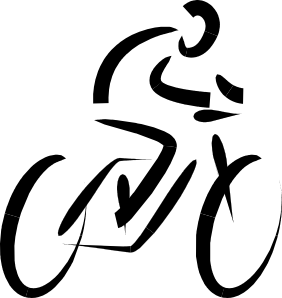My first oncologist was a gifted and empathic physician. Her one shortcoming? She tended to disregard the role of diet during and after treatment. When I moved several states away and had to find a new specialist, I lucked out. During my first meeting with the new oncologist, she urged me to schedule a consultation with the integrative medicine program at the same institution. The reason for this advice? To find out ways to boost and pamper my immune system, a key ally — probably my most important ally — in my efforts to stay healthy.
In the best of times, when we are healthy and our immune systems have not yet been compromised, the body has an amazing ability to put up with the bad habits we throw its way: sugar, fast food, caffeine, alcohol, stress. But during and after treatment, it needs special attention. (And, some would argue, it needs special treatment even when health is good.)
The good news: There are a lot of resources out there that will help you inform yourself about diet and exercise. I’ll hit a few highlights:
Exercise reduces the risk of recurrence. That fact has been demonstrated in multiple studies. It also may ease some of the side effects of treatment. During my own chemotherapy experience, I managed to swim laps somewhat regularly. The swimming did wonders for my outlook, and, I believe, it also helped me avoid some long-term side effects of chemo, such as peripheral neuropathy. For more on the health benefits of regular exercise, see this fact sheet from the National Cancer Institute.
Cancer loves sugar. Or, stated another way: Sugar feeds cancer. Cancer cells multiply fastest when glucose levels are high, and the body releases insulin (a growth factor) when it is flooded with sugar. So look for ways to eliminate sugar from your diet. I did. One of my New Year’s resolutions for 2013 was to eliminate sugar from the foods I consume. The first week was tough; I had to muscle my way through strong cravings. But after five or six days, the cravings began to die down, eventually disappearing altogether. Now I find it easier to eat healthily than I ever did before because I am not overcome with desires beyond my control. Read more about the link between glucose and cancer here.
Make green your favorite color. Leafy green vegetables have amazing cancer-fighting nutrients. Consider making them the centerpiece of your daily diet, eating five to eight servings a day. Other colors are important, too. The intense blues of blueberries, the vibrant red of strawberries, the deep orange of sweet potatoes and carrots — all are markers of enormous nutritional benefit. Some experts recommend that, when it comes to fruits and veggies, we should eat “across the color spectrum.” That is, make sure your plate has a diversity of plant life represented every time you eat. Your health will be the better for it. For an interesting article on the benefits of leafy green vegetables in breast cancer patients, click here.
Drink lots of clean water. You’re only as healthy as your body chemistry. Because most of our bodies consist of water, you want to make sure to replace it regularly, to keep the chemistry clean and flowing like a mountain stream — not stagnant and mosquito-infested like still water. For more on how clean water and other strategies can boost your immune system, click here.
For more on the importance of diet and exercise in the fight against cancer, watch this short video from the Livestrong Foundation. It’s aimed at young adults, but the information it contains is applicable to people of any age.
<iframe width=”560″ height=”315″ src=”http://www.youtube

